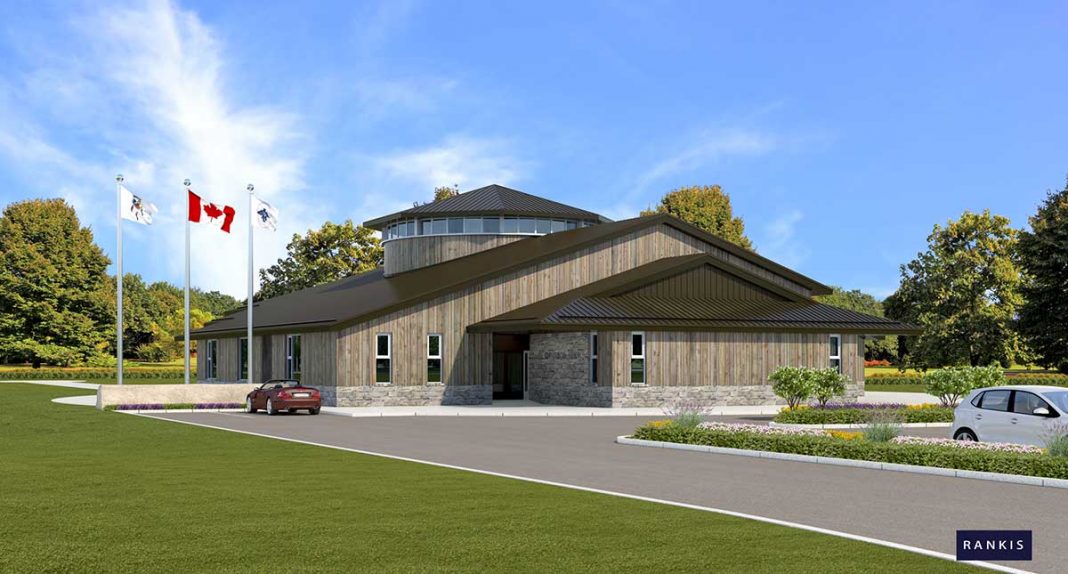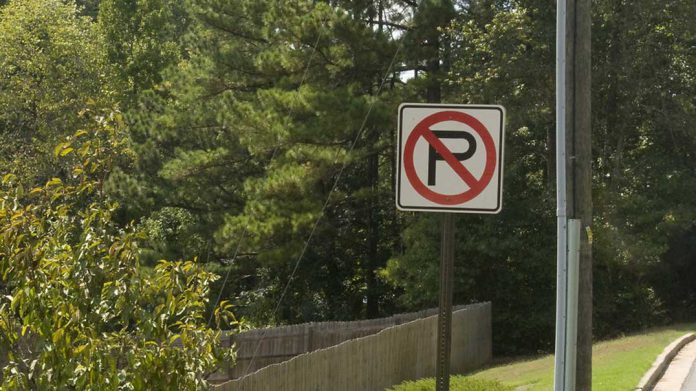SHESHEGWANING – The community of Sheshegwaning First Nation has not only outgrown its administration building, but the number of children in the community has also outgrown the existing school. This expansion of the population is being greeted as a positive development for Sheshegwaning by the community and it is anticipated that growth will continue.
As outlined by Sheshegwaning First Nation project manager Peter Rankis, the new school initiative is an part of the long-term Sheshegwaning community plan that will serve to anchor the engagement of the school-age contributors into the broader spectrum of community activities, including governance, enterprise and heritage.
Mr. Rankis notes that the current initiative has been formulated to ensure that Sheshegwaning is able to provide an appropriate educational environment for the development of the community, within the community itself.
The current school in Sheshegwaning does not have enough space to accommodate the programs encompassing Kindergarten to Grade 8. Work is underway to cultivate a stable local environment, where children are not reliant on leaving the community by transit to access education.
Mr. Rankis outlined the objectives of the planning for the new school are threefold. Firstly, to cultivate a ‘culture of learning’ on the lands of the reserve that will have broader positive impact on everyone in the community. Secondly, the planning will affirm incentives for younger members to recognize Sheshegwaning as a lifelong home. Thirdly, to strengthen the social connection between all members of the community and allow parents to pay closer attention to their children during the formative years.
The central administrative structure for the Anishinabek education system is the Kinoomaadziwin Education Body (KEB) which is housed by Nipissing First Nation. The KEB is responsible for distributing federal funds to Participating First Nations (PFNs) and takes direction from the PFNs to support the implementation of the Regional Educational Councils (RECs) educational priorities. The KEB also works with the PFNs to establish system-wide education standards and to manage education relationships with the Ontario Ministry of Education (OME). The KEB supports First Nations in their delivery of education programs and services and liaises with the province of Ontario on education matters.
As Mr. Rankis noted, the revisions proposed by the KEB program structure that are in development at the present time are placing additional stress on outdated facilities, further substantiating the need for facility reorganization and revitalization.
Continuing with the existing school would prevent the school system from effectively fulfilling both its mandate and its aspirations, added the project manager.
The new school, as outlined, will have five full-sized classrooms with one allocated for the Kindergarten class, a resource lab that will be available for community use and a designated space for teachers to work, meet, and prepare programs.
As well, the new school will have an appropriate educational environment for the community, so there is not only the resource lab available, but there will be a central gathering space to conduct traditional community teachings and ceremonies.
The new facility will also have a small-scale gymnasium to support physical education activities, a lunch room and cafeteria.
The total size of the new school will be 15,085 square feet which includes an upper mechanical services floor. Sheshegwaning Chief Dean Roy pointed out the “the new school will have twice the footprint of the existing school. We have already had a portable classroom installed at the school and it has already been moved into. We had one class that had to use a multi-purpose room (in the current school) for a class and installing a portable is helping us meet the current needs.”
Mr. Rankis went on to say that as Sheshegwaning transitions into a new era of developing programs that are relevant and aligned with cultural heritage and independence, the creation of a new facility that reflects this renewal is an empowering next step in this period of redefinition that is underway. The creation of this project aligns with Canada’s Federal Sustainability Development Strategy 2019-22 and it’s commitment to realize the United Nations 2030 Sustainable Development Goals agenda.
The central aspiration of the present initiative is to create a structured environment wherein community engagement is active and accessible to all members throughout the various chapters of full lifetime learning. The new school will serve to initiate the continuum of community engagement and provide a new foundation for the evolution and advancement of the next generation of community leaders.
The Sheshegwaning First Nation government is headed by Chief Dean Roy with councillors Nicole Bush, Albert Cada, Alana Endanawas and Marie McLeod. The first stone for the new school was laid in a ceremony of commemoration held May 29, 2018. Chief Roy pointed out the feasibility study has been completed, and then the design/build will take place, either this year or no later than 2021.





